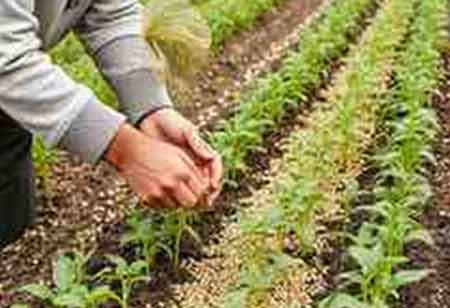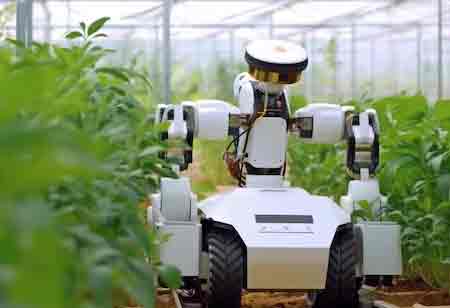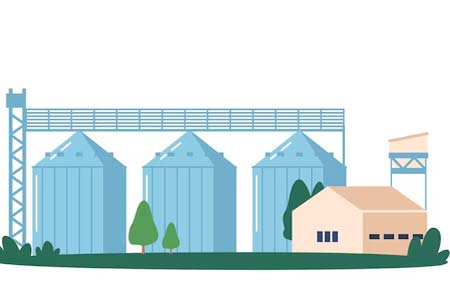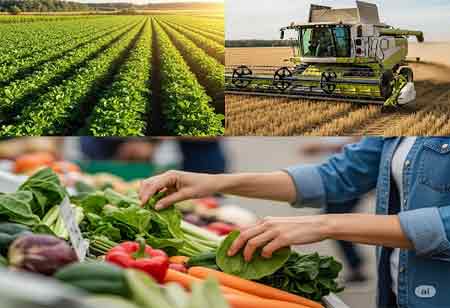Thank you for Subscribing to Agri Business Review Weekly Brief
Regenerative Farming Practices Across Latin America
Regenerative agriculture in Latin America boosts productivity, lowers operational costs, and promotes sustainable development. By tackling environmental challenges, it delivers economic gains and strengthens farmers’ resilience.
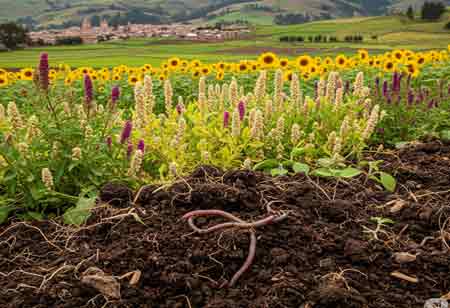
By
Agri Business Review | Tuesday, July 22, 2025
Stay ahead of the industry with exclusive feature stories on the top companies, expert insights and the latest news delivered straight to your inbox. Subscribe today.
Fremont, CA: Latin America, rich in natural resources and vital to global food security, faces a challenging paradox. Despite its major contribution to the world’s food supply, conventional farming has driven land degradation, deforestation, and rising greenhouse gas emissions. In response, regenerative agriculture is gaining ground—not just as an environmental solution, but as a smart business strategy that enhances profitability, resilience, and sustainable growth throughout the region.
The Compelling Business Case: Beyond Environmental Stewardship
While the environmental benefits of regenerative agriculture in Latin America are widely acknowledged, its true strength lies in the measurable economic advantages it offers to farmers and agribusinesses. One of the most compelling benefits is the potential for increased yields and improved resilience. Contrary to the misconception that regenerative practices lead to lower productivity, numerous case studies across the region tell a different story. In Michoacán, Mexico, for instance, strawberry producers reported a 19.1-ton increase in yield per hectare after adopting regenerative methods. Similarly, farms participating in Brazil’s PRO Carbono program experienced an 11 percent increase in yields alongside a 16 percent rise in carbon sequestration within just two years. These practices also enhance farm resilience, reducing vulnerability to extreme weather, an increasingly critical advantage in a region facing climate volatility.
Another significant benefit is the reduction in input costs. By restoring soil health and encouraging natural pest control, regenerative agriculture diminishes the reliance on costly synthetic fertilizers, pesticides, and herbicides. This results in lower operational expenses and improved profit margins. The capacity to sequester carbon in the soil enables farmers to participate in emerging carbon credit markets, generating additional income. At the same time, the rising consumer demand for sustainably produced food enables regeneratively farmed products to command premium prices, rewarding environmental stewardship.
Moreover, regenerative practices lead to long-term productivity gains by enhancing soil health. Increased levels of soil organic matter enhance fertility, improve water retention, and facilitate nutrient cycling, thereby ensuring sustained agricultural productivity and preserving land value for future generations. Farmers are gaining improved market access through corporate commitments to regenerative sourcing.
Latest Trends and the Path Forward
The momentum behind regenerative agriculture in Latin America is accelerating, driven by a convergence of technological innovation, investment, and policy advocacy. Advanced technologies, including AI-powered analytics, digital twins, and sophisticated sensor systems, are being integrated into farming practices to enhance resource efficiency and support real-time, data-driven decision-making. Alongside these innovations, there is a growing emphasis on biodiversity and the services it provides to ecosystems. The focus is shifting beyond carbon sequestration to include metrics such as soil health, water conservation, and biodiversity, enabling farmers to be recognized and rewarded for a broader spectrum of environmental contributions.
Inclusivity remains central to the movement, with models like direct trade and tailored training programs empowering smallholder farmers to participate in and benefit from regenerative agriculture. These efforts are crucial in ensuring equitable development and strengthening rural economies. Regional advocacy is playing a key role in shaping the policy landscape, with initiatives working to elevate regenerative agriculture on the international stage. The push to feature the topic prominently at COP30 in Brazil underscores a broader effort to secure policy support and incentivize sustainable land management practices across Latin America.
Regenerative agriculture in Latin America represents a fundamental shift toward a more resilient, productive, and environmentally sound food system. The business case is compelling: reduced input costs, increased yields, new revenue streams from carbon credits and premium markets, and enhanced long-term productivity. While challenges remain in terms of transition costs, knowledge transfer, and policy support, the region's rich natural capital, coupled with growing technological innovation and investor interest, presents an unprecedented opportunity. By embracing regenerative principles and fostering collaborative ecosystems, Latin America can not only secure its food future but also lead the global transition towards a truly regenerative planet.

